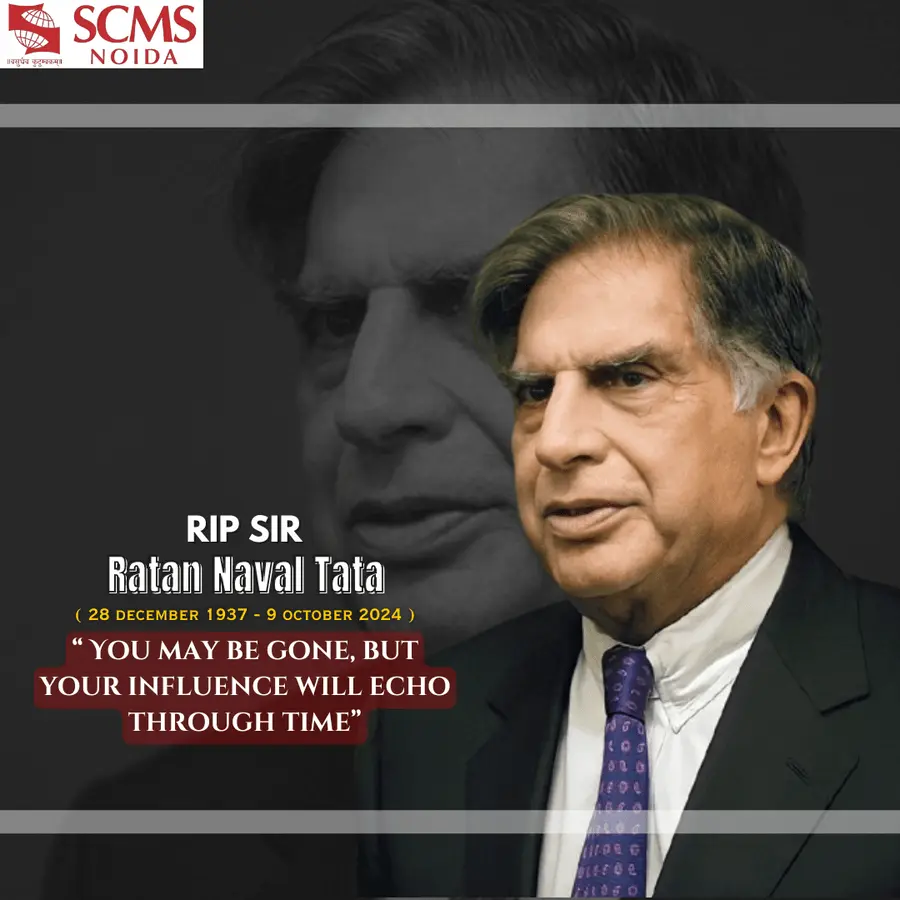The Digital Transformation of Sports

For thousands of years, sports have been the pillar of human civilization. Murals and monuments in ancient Egypt depict events such as wrestling, archery, and javelin.
Over the past few decades, technology has completely changed the nature of how the sport is played and perceived. It has influenced the way athletes train and performs as well as the audience viewership of the game. The live television broadcast of sporting events has helped in changing many local sports into global spectator sports. Technology has helped transform a sport that was viewed as a localized activity, into a global industry worth some $488.5 billion (as of 2018).
Now technology plays an even more crucial role in the world of sports, from enhancing the performance of athletes to managing audience experiences at major live events and delivering interactive experiences to viewers at home, sport is on a major cusp of digital transformation, especially with the ascension of AI and the Internet of Things (IoT).
Athlete training is one area where data is helping sportspeople gain major ground. Customarily, the coach and management were responsible for the training regime but, now biomechanical and biometric technologies along with a combination of big data, video recognition and IoT, an overall action plan for the athlete is generated with utmost precision.
For instance, 3D Athlete Tracking Technology creates 3D representations of athletes during training with the help of computer-vision and deep-learning algorithms. An accurate digital model of the athlete is produced with the use of the athlete�s real-time biomechanical data allowing for granular analysis of every movement.
Wearable technology captures vital performance data which then is utilized via Cloud Computing for analysing health, diet, training and the physical metric of the athlete. Deep-learning helps model a balanced relationship between sleep, training, nutrition and weather factors like wind and humidity to further improve an athlete�s performance. With the consultation of medical coaches, exclusively tailored training routines are engineered for individual athletes.
With a constraint on the physical presence of the audience in stadiums due to the pandemic, Augmented Reality has vastly improved online stadium experiences for fans by offering them exclusive opportunities like video calls with athletes and merchandise recommendations based on purchase histories and allowing them to virtually "try on" new outfits and have them shipped without having to clamber with other shoppers in the store.
So, we see that Cloud Computing is bringing all sports fans closer to the sports they enjoy & is raising the bar on the sport itself. Additionally, it�s also building the brand of sporting associations to deliver events seamlessly and securely. These factors surely play a crucial role in bouncing back from 2020 and welcoming spectators back to major sporting events.
Comments

Leave Comment


 SHREYA VERMA
SHREYA VERMA


No Comments ...